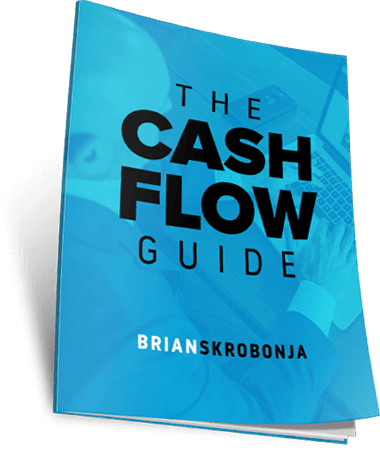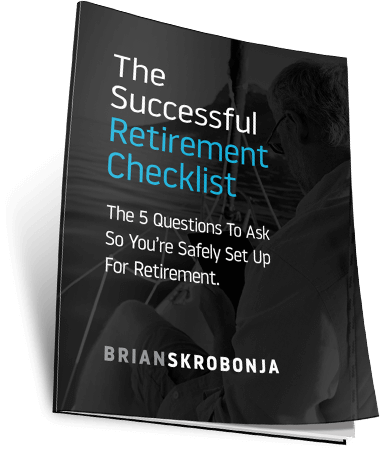Most everyone has heard the saying, “Don’t put all your eggs in one basket.” It is used as a cautionary suggestion to not rely on one thing for the results you are seeking. Over the years it has become a buzzword used by many financial advisors and investors when they suggest building a portfolio of investments. It is translated to imply the importance of spreading your risk among multiple holdings. Placing your proverbial eggs in only one basket can leave you vulnerable, too dependent on the performance of that one basket. By having multiple baskets, you can spread your risk around, which in theory will reduce your risk exposure and help insulate you against the fluctuations of the market.
Although this is good advice to follow, I believe that there is a misunderstanding of what is involved with diversifying a portfolio. This belief derives from my experience of reviewing a good number of portfolios. Often, I see people (financial advisors included) doing exactly the opposite, instead following the words of Mark Twain who said, “Put all your eggs in one basket and watch that basket.”
Considering the fact that there are a variety of different mindsets about investing, it is impossible to offer a one-size-fits-all suggestion for how to build your portfolio. The goal of this chapter is to help you create a way of thinking about how to design a portfolio. I will walk you through what I believe is the best approach for diversifying a portfolio and help you understand the logic behind it.
Now, since we have been using baskets as our metaphor, let’s run with it a bit longer and assume you have a basket made of bamboo. Now, regardless of whether you have one bamboo basket or ten, you still have only bamboo baskets. So regardless of how many bamboo baskets you acquire, you have to understand that you do not create diversification by having many bamboo baskets. You just end up carrying around a lot of bamboo baskets.
In order to wrap your mind around diversification, we should redefine what a basket represents, and how to mix and match these baskets to create a portfolio. An asset allocation is by definition the process of choosing asset classes that will help to diversify your risk into segments of the global market. In other words, an asset class is a group of similar investments that make up a certain region, industry, or sector of the market. In our example, bamboo baskets would be an asset class. Here are a few examples of what I am describing:
- Real estate
- Emerging markets
- United States equities
- High yield bonds
- Corporate bonds
- Private equity
- Commodities
- Futures
- Cash
- International equities
- Global bonds
International investing entails special risk considerations, including currency fluctuations, lower liquidity, economic and political risks, and differences in accounting methods. Past performance cannot guarantee future results.
These are just a few. The connection I am trying to help you make is that having multiple baskets of the same type does not constitute diversification, even though you have more than one basket. In order to have diversification, there must be a variety of different types of baskets.
Over the years, I have had many new clients come into my office with money invested into brokerage accounts that include several holdings. When reviewing the holdings to see what they have and investigating how the portfolio is positioned, what I often find is that while they may have several holdings, it is usually made up of only two or three asset classes, which supports my belief that many people (including financial advisors) do not have a solid grasp on what it takes to create a diversified portfolio. The reason for this is easily diagnosed when you consider these two things:
- People tend to have multiple investments with the impression that they are spreading their money around without fully understanding what they are doing. For instance, you can own three different mutual funds that all have similar holdings. One mutual fund may own XYZ Corporation, while the other two own the same company and so on. So even though you have multiple mutual funds, they can at times be invested in pretty much the same things.
- People are attracted to performance and tend to base their investment decisions on what an investment did over the past few years. When looking through a list of investments, often the first thing people recognize is how well the investment has done over the last one, five, or ten year period. Then investors migrate to the best performing investments. The problem with this approach is that it does not tell you the full story and can mislead you into believing that because something has done well in the past that it will continue to do so in the future. This is simply not true. There are many economic, political, and financial influences in the market that can impact performance, and these events may not be repeated, leaving past performance irrelevant.
To get to the next level with diversification, I would encourage you to break out of this antiquated mindset. You should develop a new way of thinking about investing and create a philosophy focused on growing and protecting money.
As a kid or a parent, you have probably been at a playground and have seen the teeter-totter, or seesaw. It is a long board with a fulcrum in the middle. One child sits on one end of this long board, and another child sits on the opposite side. When one child goes up, the child on the other side goes down. When it comes to asset allocation, asset classes can behave in this same manner. This is called having an inverse relationship, and it is what we strive to capture when we diversify among a variety of different asset classes. This opposite movement helps to overcome the loss realized within one investment by experiencing gains in another.
You may have seen the mattress commercial where you have a glass of wine sitting on the bed on one side and on the other side a woman is jumping up and down. Although the woman is jumping up and down, the bouncing motion has no effect on the glass of wine. The commercial illustrates that the mattress can have movement on one side that does not affect the rest of the bed. When designing a portfolio, the non-correlation between asset classes is what we strive for when we diversify amongst a variety of different investments. The idea is that the performance of one asset class should have little if any impact on another asset class, preventing losses from becoming viral. In other words, if one investment experiences a loss, you reduce the likelihood of your entire portfolio suffering a loss.
By combining asset classes that possess inverse relationships, coupled with asset classes that are non-correlating, you position yourself for the best probability for long-term success. If you find yourself invested in only one asset class (regardless of the number of holdings you have), you are susceptible to the movement and market conditions of that one class. This can work in your favor if your timing is right, or it can backfire if your timing is poor.
The truth is that no one knows what direction the market will go in, what investment will perform well, or how certain asset classes will behave. Even a day trader, who has the knowledge of what to watch and when to respond, is unable to know with certainty what to do and when to do it. Investing is merely speculation, which supports the value of diversifying across not only many investments (baskets), but also (and more specifically) many asset classes.
When building a portfolio, you have to define how you will approach your investment decisions. Will your decisions be based on short-term movements and the headlines of the day? Or will you take a long-term, balanced approach? If you are chasing returns and making decisions based on what you are hearing in the news and on the radio, then you should stop reading this book and go pick up a day-trading subscription. However, if you prefer a long-term, balanced approach focused on growing and protecting your money, then you are on the right path to diversification.







